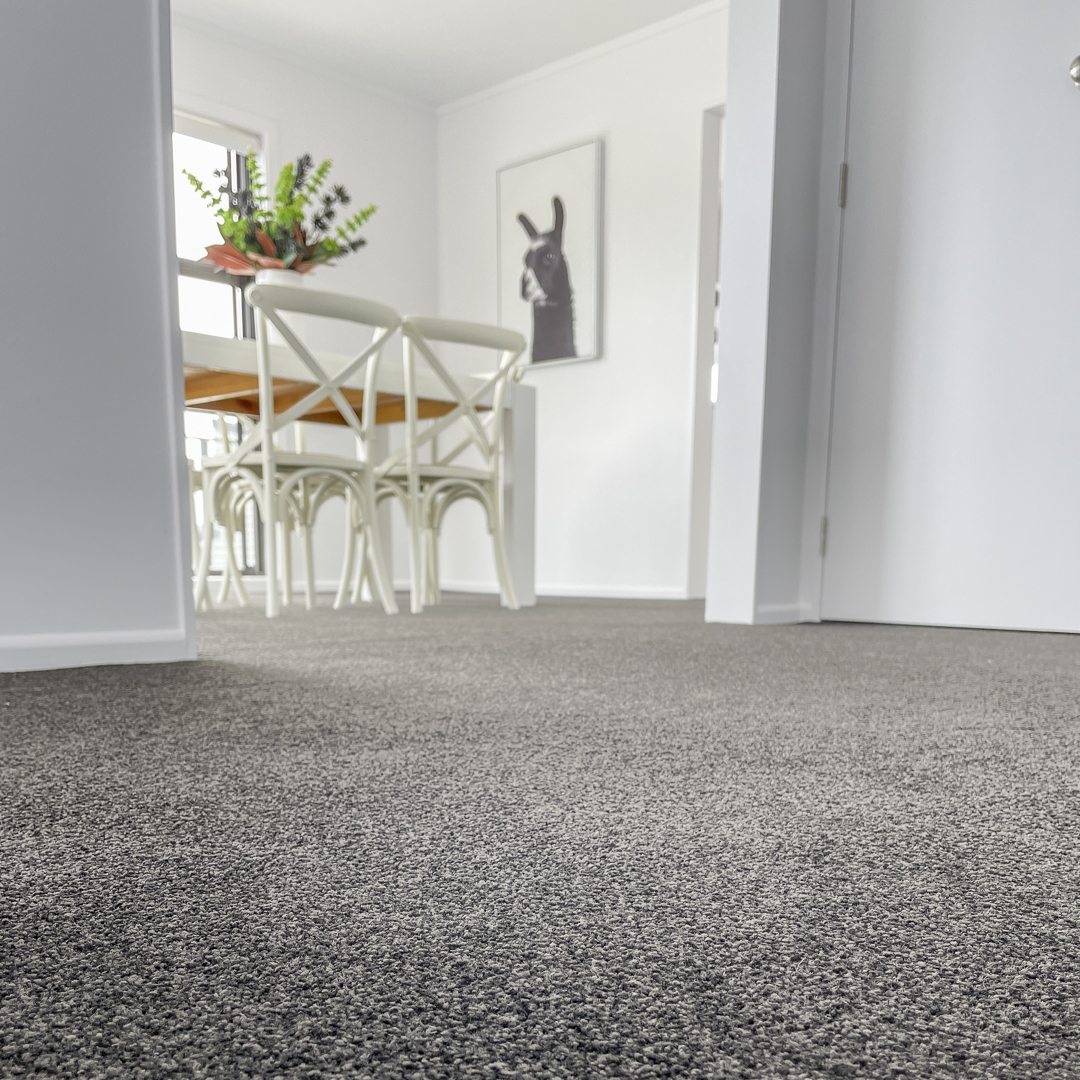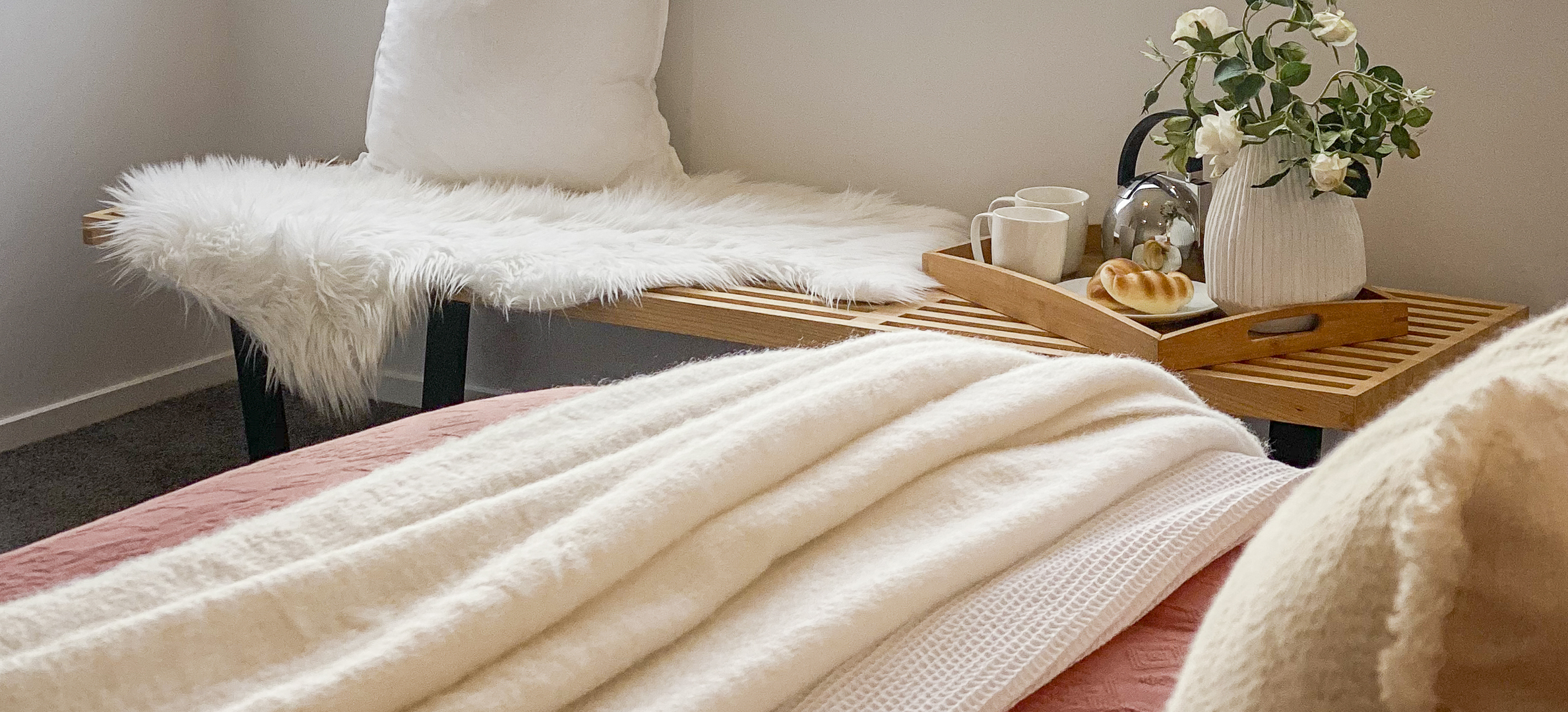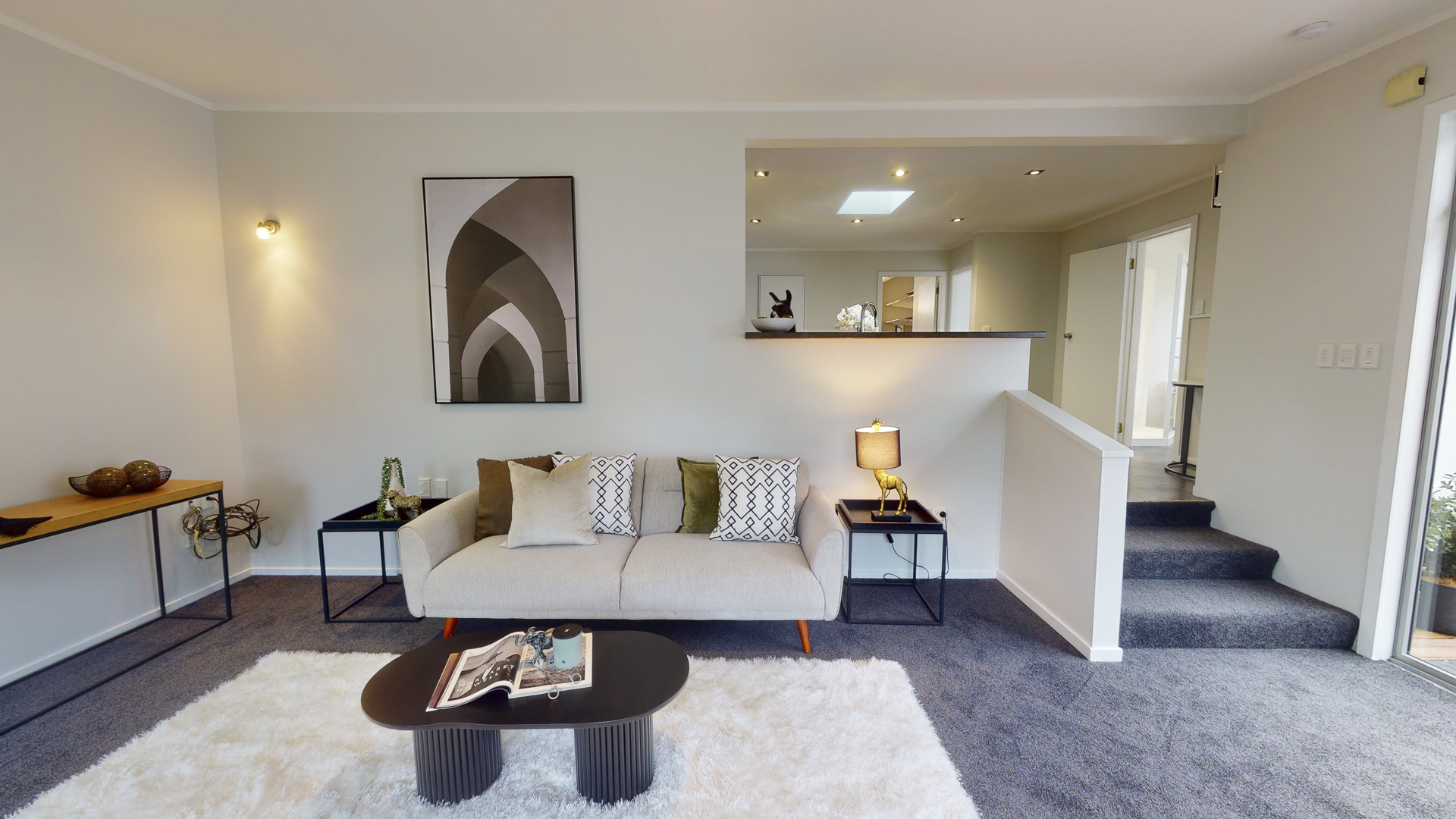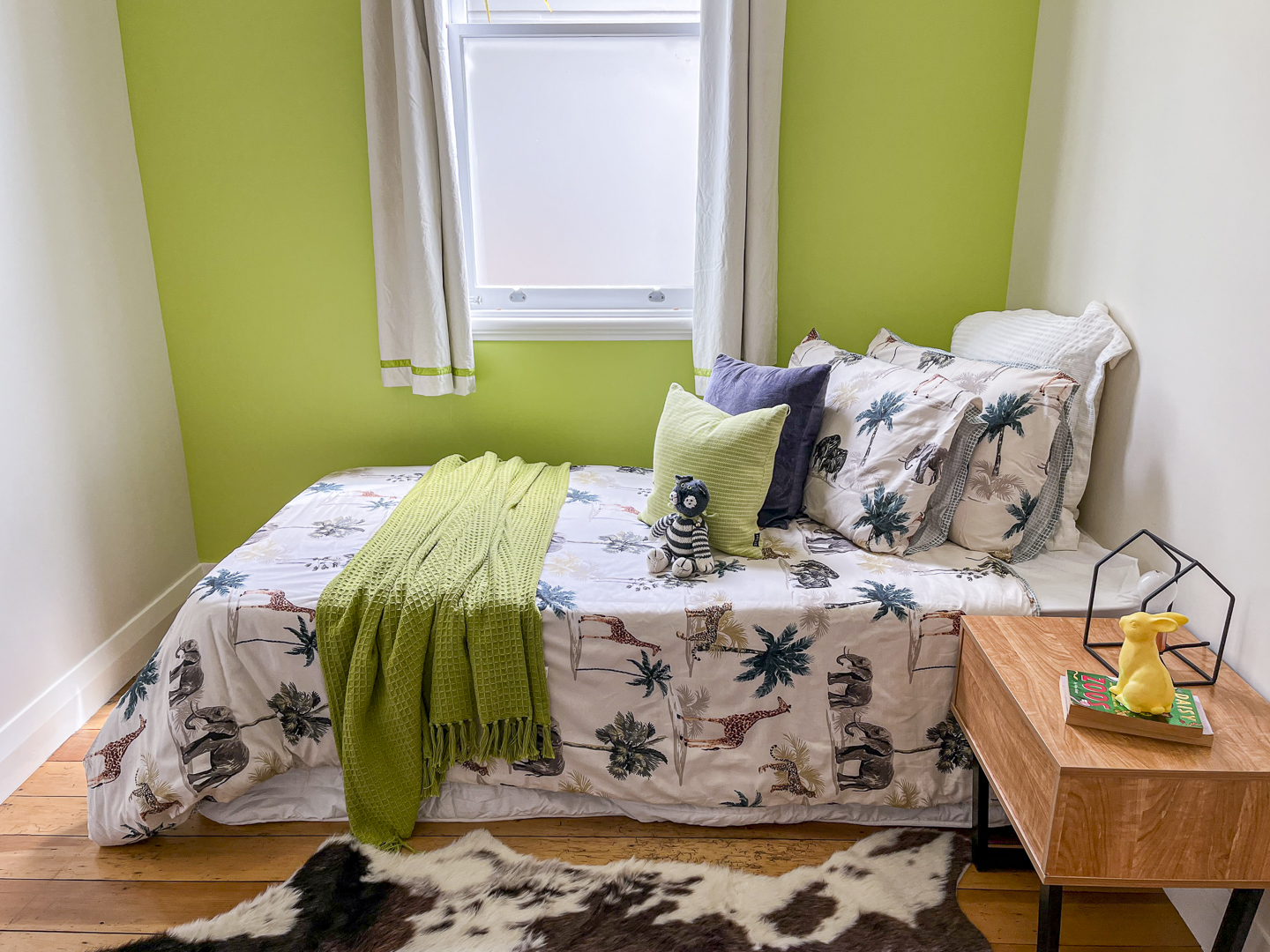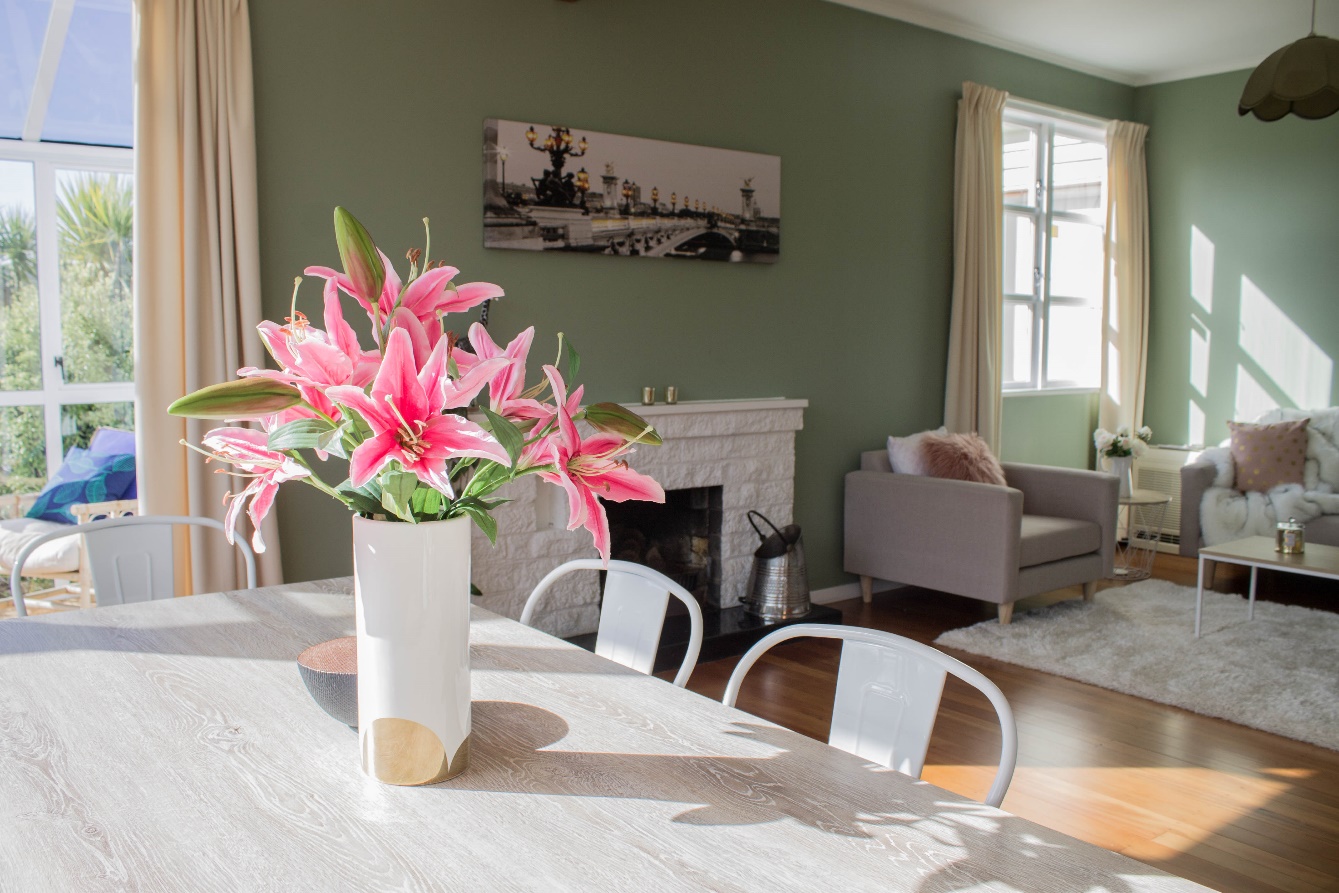
There is nothing worse than having a conversation with a home stager about what they want to do to your house and just having to smile and nod because you don’t have a clue what they’re talking about!
Sure, home staging has quite a bit of jargon that can be overwhelming, especially if it’s your first time staging a home. You won’t be familiar with all that goes into it – and that’s fair. The good news is that it’s easy to understand once you get the hang of it! Let’s dive into some of the most common terms, so that next time your home stager wants to have a chat, you’ll be able to hold your own and keep up!
Vignette
A vignette is commonly used in home staging, and refers to a small set of accessories that set a mood or function of a room. They can be anything from a table set up with a tea party setting, to a collection of trinkets on a side table. Vignettes are most effective when they incorporate different-sized objects and some form of layering. The overall goal for vignettes is that they create a focal point that viewers will be drawn to when they enter the room.
Tonal Range
This is an important aspect of staging, referring to the colours in a room. A well-staged room should have a decisive colour scheme that incorporates a range of tones – for example a blue colour scheme may have shades of sky blue, baby blue and navy blue to enhance the tonal range. This creates a balanced, relaxing environment for the viewer.
Something that some home stagers do is insert one contrasting colour into the room, e.g. a bright orange into a blue tonal room. This makes the colour scheme pop and brings excitement, but it’s crucial that the tonal range foundations are set first.
Focal Point
This term refers to the area that your eye is drawn to in a room. It may be a vignette, and it may be a spot of contrast in a tonal room. Whatever it may be, it’s important that there is a focal point so that the viewer’s eye can naturally relax onto something when they enter the room.
Notice that focal point is not a plural, and a general rule of thumb is that in any particular setting there is just one focal point, not multiple. If a home stager attempts to add more than one focal point the room can become incredibly busy and distracting.
Curb Appeal
A curb appeal refers to what your house looks like from the street. This is important for home staging as this is the first thing viewers see when they turn up at an open home. It incorporates the aspects of your home such as the driveway, front lawn and garden, the front door and the whole front of the house exterior. This should all be landscaped, well-maintained and tidy. It can be accessorised with a vignette of flower pots or herb planters. Get rid of any ant trails or spider webs as well.
Props
Props are anything that a home stager puts in your home to elevate the interior design. Furniture is not the only thing you need for a completely designed home, and you will find that only adding the essential furniture to a room can make it look barren and bare. Everything that goes on top of furniture, such as cushions, throws, vases, tablecloths, accessories, vignettes, wall hangings, ornaments and anything else you can imagine going into a home is considered a prop in home staging terms. These props are never just randomly placed, they are always carefully curated and composed.
Feng Shui
Feng Shui is a Chinese concept that most modern interior designers and home stagers practise. It has to do with the harmony of a room and how the arrangement of furniture can affect the mentality of the user of the room. In home staging this is important because home stagers aim to make your property feel like someone could easily live in it. Practising feng shui helps viewers feel balanced as soon as they enter a room, which makes it easier to imagine themselves living in a space.
Curation
This is at the core of what a home stager does. It means to collect items and narrow them down so that only the finest items become final in the collection and are then placed in a home. Every room you walk into that has been home staged will be curated with extensive care and attention to detail.
Find the Right Home Stager
Home staging isn’t just about remembering all this jargon. It can be an incredibly easy process if you find the right home stager. If you are looking for someone to take care of all of these elements of home staging (and more!), feel free to contact us today for a free consultation and quote.

